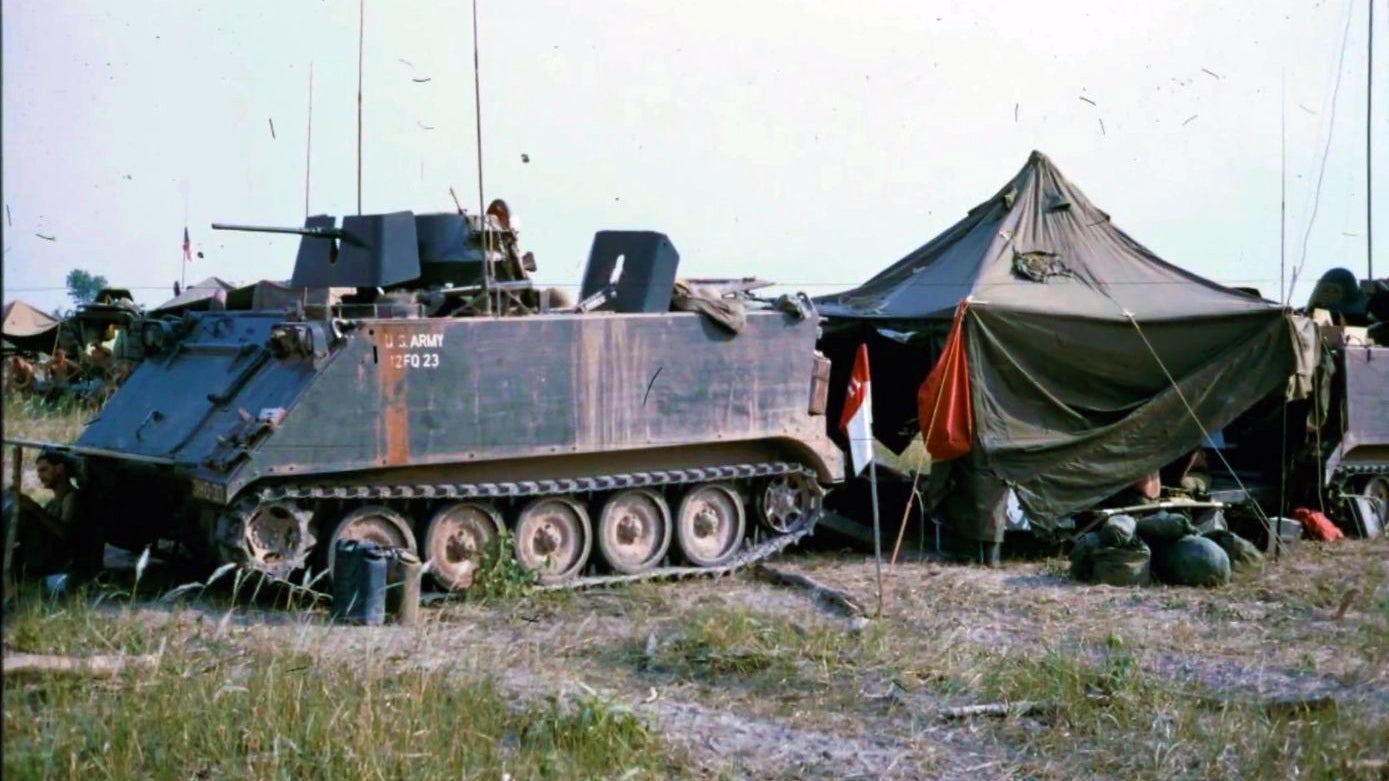Armored Unit Finds Success in ‘Infantryman’s War’
Armored Unit Finds Success in ‘Infantryman’s War’

When the U.S. Army’s 11th Armored Cavalry Regiment arrived in Vietnam in 1966, it faced some significant challenges, including the notion that Vietnam was “an infantryman’s war.”
But that didn’t stop the only armored cavalry regiment in Vietnam, also known as the Blackhorse, from finding success.
“The 11th Armored Cavalry Regiment was the most lethal brigade-sized unit in Vietnam,” Don Snedeker, author of The Blackhorse in Vietnam: The 11th Armored Cavalry Regiment in Vietnam and Cambodia, 1966-1977, said July 24 during an Association of the U.S. Army Thought Leaders webinar.
“The regiment could go looking for trouble, and when it found that trouble, they could take care of business with their own assets,” said Snedeker, a Blackhorse veteran and historian for the 11th Armored Cavalry Veterans of Vietnam and Cambodia.
While equipment and organization were “a big part of the regiment’s success,” the soldiers who served in the regiment “were the real reason for that success,” he said.
Thick jungle and water-filled rice paddies sometimes had “debilitating effects on cross-country mobility,” Snedeker said, but weather, terrain and the enemy were “common challenges” for all units in Vietnam.
Blackhorse troopers faced additional setbacks, including a lack of doctrine, internal Army bias and no permanently assigned area of operations, he said.
The Blackhorse in Vietnam—a book that took 25 years to write, according to Snedeker—dives into about each of these challenges and how they contributed to the unit’s success.
“Strong leadership at all levels was a hallmark of the regiment in Vietnam,” Snedeker said. “This book tells their stories and the countless junior officers and sergeants who went on to senior positions in the Army, in business and in their communities.”
The Blackhorse in Vietnam is available here.

